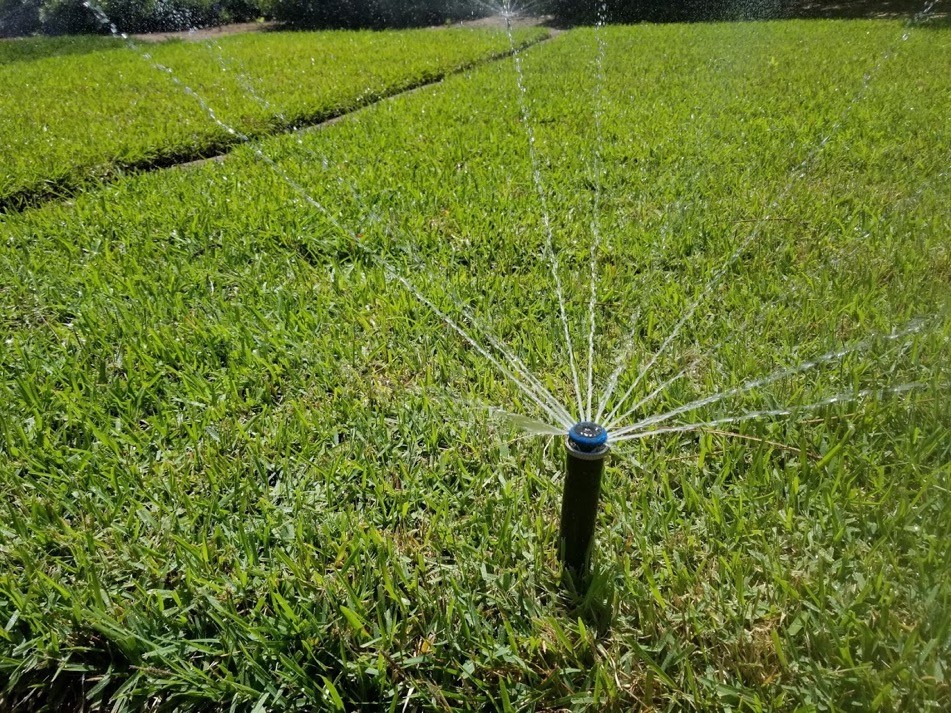- Mickler, Keith Daniel
Summary
Watering the landscape can be a challenge especially when done correctly. Add an irrigation system and the thought turns to the set it and forget it watering mentality. With face to face trainings stopped due to the COVID-19 pandemic twenty-three people participated in the live video training with 15 out of the 23 participants (65%) returning surveys. Ninety-three percent of the respondents said they definitely learned something they did not know before the training with the most important being the need for a backflow preventer.
Situation
Watering the landscape can be a challenge especially when done correctly. Add an irrigation system and the thought turns to the set it and forget it watering mentality. Typical lawns and ornamental plants require 1 to 1.5 inches of water per week. How to achieve that 1 to 1.5 inches per week becomes the challenge. Many factors come into play when considering an irrigation system, factors such as water source, slope, drainage, plant needs (not all plants have the same water requirements,) when is the best time to irrigate, type of irrigation equipment needed, proper installation of the irrigation system, etc. A face to face, hands-on irrigation system training was planned to address these factors but then the worldwide pandemic known as COVID-19 struck and brought all face to face trainings to a screeching halt and mandated social distancing. University of Georgia faculty and staff were required to self-quarantine and thus avoid going out into the public unless necessary. The planned face to face, hands-on landscape irrigation training must now be converted to an online live video training.
Response
With face to face trainings stopped due to the COVID-19 pandemic, the Landscape Irrigation Training was presented live via Zoom on March 24, 2020, at 6:00 pm and March 27, 2020, at 10:00 am. The training was announced via social media and email. The irrigation training covered topics such as watering and plant health, laws and regulations (Georgia Water Stewardship Act of 2010,) irrigation methods/components, and a test your knowledge on the components of irrigation systems and the tools required to install the system according to local/state laws and regulations.
Impact
A Twenty-three people participated in the live video training, with a follow-up survey from the training emailed to all participants. Fifteen out of the 23 surveys (65%) were completed and returned. Survey results showed that the program definitely meets the expectations of 93% of respondents and that 87% would recommend the training to others. Most importantly is that 93 of respondents said they definitely learned something they did not know before the training. Respondents reported they learned the following from the irrigation training: how the irrigation control box works, pressure balancing irrigation heads, to group plants with like water needs together, water deep rather than often, stacked the watering times (water a zone multiple time during one irrigation event), have a separate water meter installed if paying for sewer, how to determine the distance between spray heads, filter for drip irrigation system, and most importantly the need for a backflow preventer.
State Issue
Sustainability, Conservation, & the Environment
Details
- Year: 2020
- Geographic Scope: Multi-County
- County: Floyd
- Location: College Station, Athens
-
Program Areas:
- Agriculture & Natural Resources
Author
Collaborator(s)
CAES Collaborator(s)
- Huber, Gregory Richard
- Orellana, José Rolando
Extension Impact

